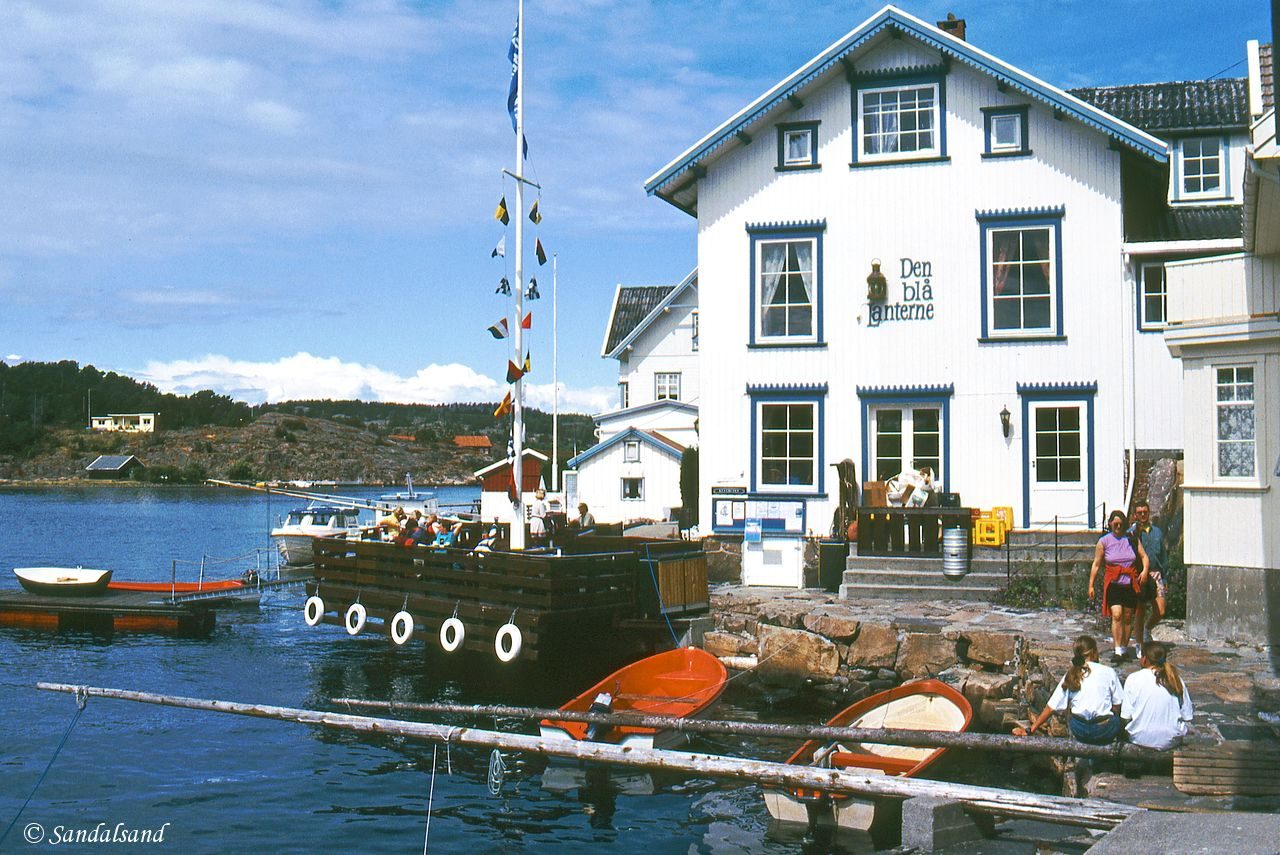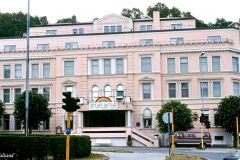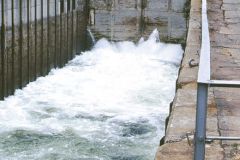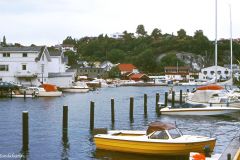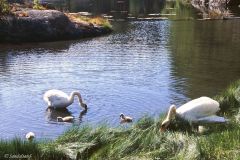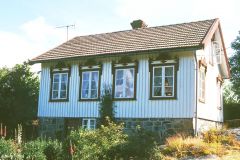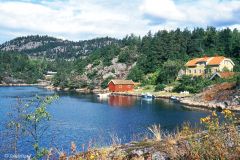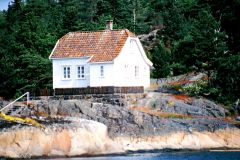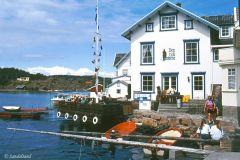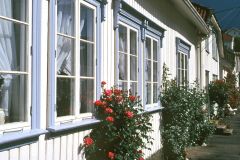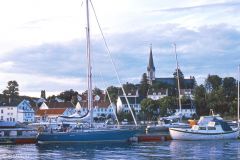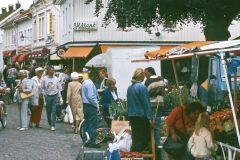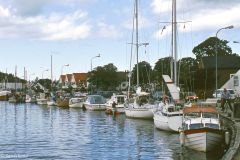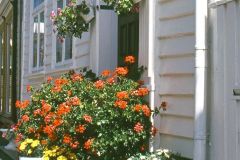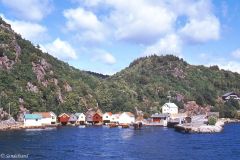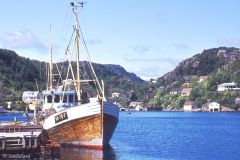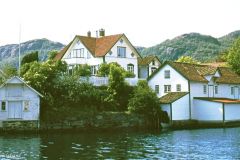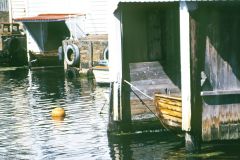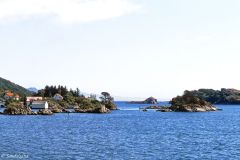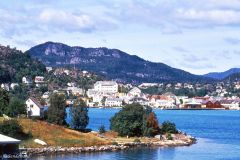The third and last article from a road trip around southern Norway starts in Oslo and ends in Stavanger. In between there is a string of picturesque small towns.
This is the fourth of four articles from a road trip in the four regions of southern Norway. In three weeks we will be driving almost 3,000 kilometres (1,800 miles). It’s an amazing journey, so read up on the introductory article before you proceed.
This article was first published in Norwegian, on Sandalsand Norge.
From Oslo to Sørlandet
Sørlandet, the gentle, relaxing coastline is our last leg on the journey around southern Norway. Here we find pleasant small towns with picturesque harbours, polished rocks, the salty sea outside, and nice weather.
The southern region of Sørlandet is one of five regions in Norway. This road trip had already passed through three of the others (Vestlandet, Trøndelag, Østlandet) and skipped the fifth (Nord-Norge). Sørlandet consists primarily of two counties, Aust-Agder and Vest-Agder. We spent a few days there on our return home to Stavanger in the south-western corner of the country. In reality, we spent little time in Oslo or on the journey along the E18 south to Sørlandet.
We made, however, an exception for Skien. The city was pleasant and has a stately church, but we were more captivated by the locks in the lower part of the Skien river.
We made this trip a long time ago, in 1993. Ever since – and really long before that – it has been a dream of mine to travel up that stretch of connecting river locks. That means sailing between Skien and Dalen in Telemark county, on a boat from lake to lake, from lock to lock. When I write this 20 years after, that dream is still not realized.
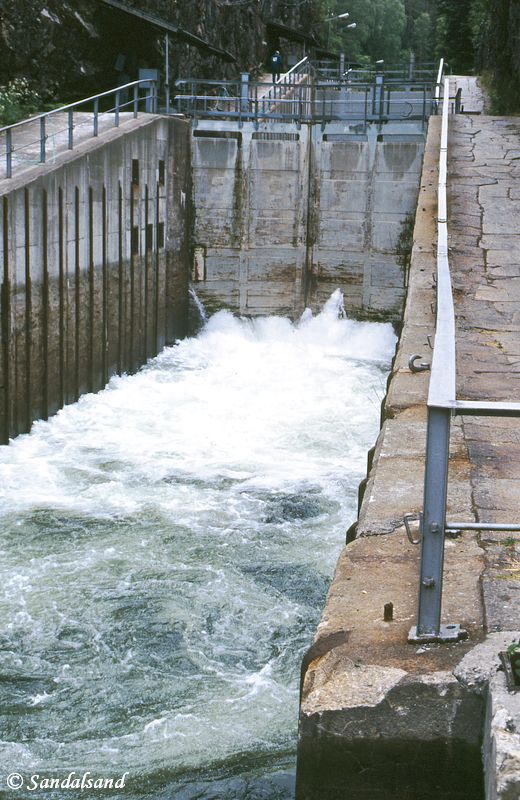
It’s foaming heavily here in the locks at Skotfoss
But then it was Sørlandet
The region is from a geological perspective very old, but as a concept it is not older than 1902. That was when the author Vilhelm Krag gave a name to what until that time, and for several years afterwards, was perceived as part of Western Norway. (Is it not in our time strange that Vestlandske Journal was published in Arendal?)
Today we tend to think almost the opposite. In the characteristics of Old Stavanger, Skudeneshavn and even Florø, it is easy to use the adjective sørlandsk (i.e. southern). In other words, the whitewashed wooden cottages and small houses have become virtually synonymous with Sørlandet.
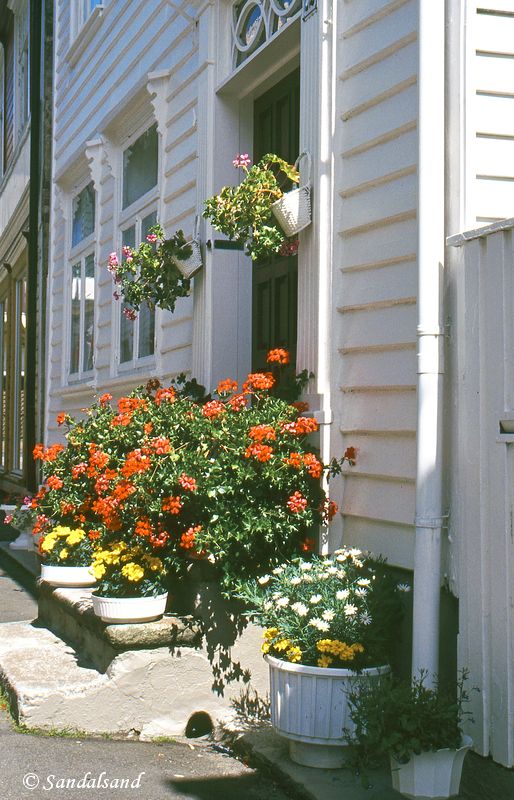
Flowers and whitewashed houses. This is Sørlandet as we know it and want it to be like. Image from Flekkefjord.
Accordingly, it is perhaps no wonder that there was trouble, as in Mandal a few years ago, when someone chose to paint their house in a different colour than white. This naturally challenged the branding of “Sørlandet” as a concept and was labelled bad for tourism. The truth is however that the small, cosy houses in the Sørlandet region were not originally white. At least not all. White paint was more expensive than coloured paint. And there were very few who could afford it. Ochre colours were dominant, white was the exception. Today, it is the reverse.
We shall, however, continue in the account of this journey. They are nicely laid out, the towns of the south. And we visited them all one by one.
First, and even without being geographically “Sørlandet” we drove into Brevik. Whoever drives the E18 across the high bridge above this small port, will not experience what this photo recreates.
Kragerø
For geographical reasons, some may think that not even the next town can be considered Sørland. We are now talking about Kragerø, located in the county of Telemark as well.
On the other hand, the city is white as any, the marina is as popular in summer as in other towns further south, and the archipelago right outside the protected port is equally adorable. Kragerø is actually the first Sørlandet town people from Eastern Norway reach on their journey south, and the number of people spending their vacations here is high.
Risør
There are many towns on this coastline, and Risør proved to be one of finest of them all. It helps when good weather blends in with other experiences, and we found a town we could really enjoy.
Risør has built a reputation of being home to many artists, or in a more general terms, being culturally exciting.
Tvedestrand and Lyngør
Another southern writer, Gabriel Scott, believed that Sørlandet stretched from Åna Sira in the west to Tvedestrand in the east. So if we take his words seriously, we now entered the real Sørland. We are in the region of guttural R and soft consonants. P, T, K becomes B, D and G.
It was not really Tvedestrand we were going to, but the township was an excellent place to be picked up by friends in a boat. We had been invited into the realm of a beautiful coastal archipelago. There we would be staying in an old captain’s cabin on a small islet. This was a magical place.
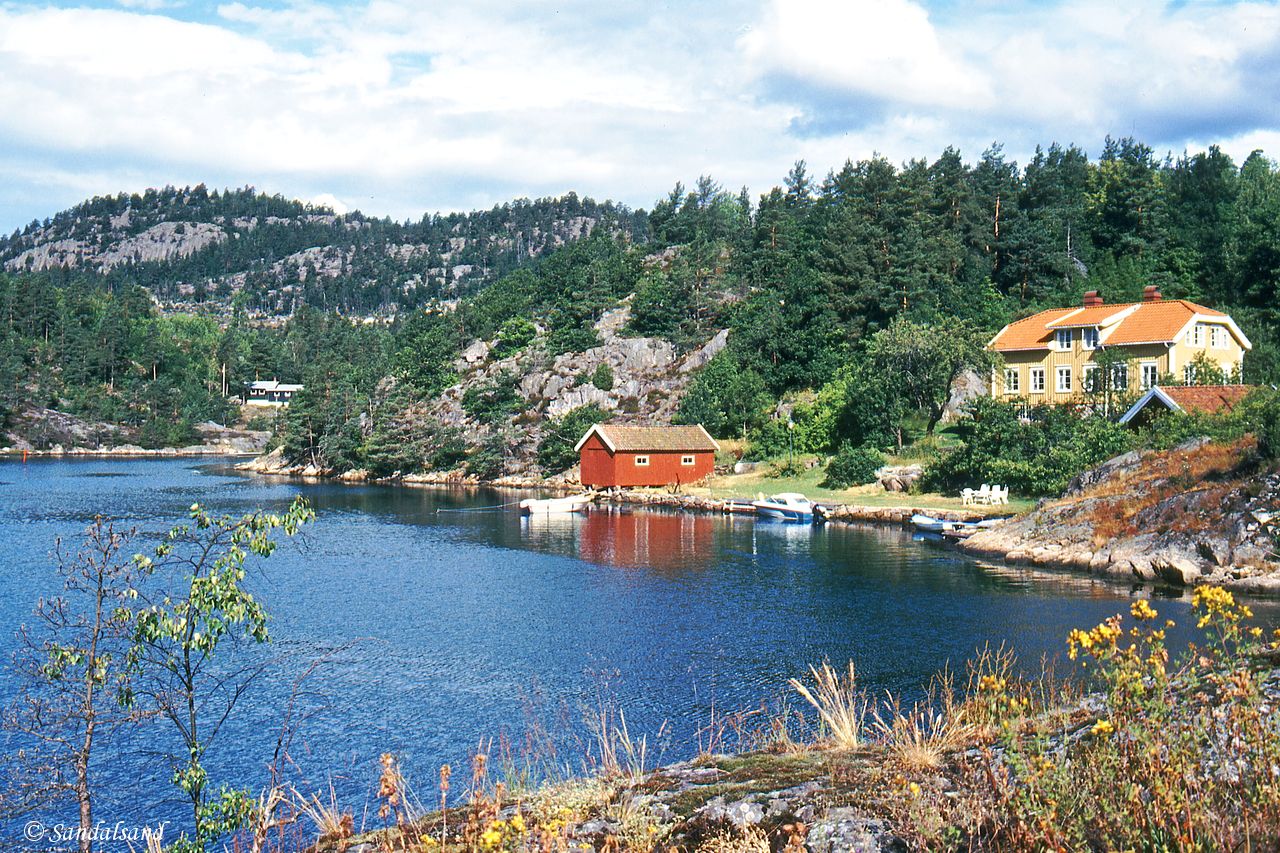
This was what we found outside Tvedestrand. Beautiful.
It was not the place pictured above we were on, but there are plenty of places to immortalize photographically for those who are lucky to get here.
Here is another example of a thriving summer home, for that is what much of the south coast has become – not a place for permanent residents.
The next day we went even further out in the archipelago, to one of the nation’s most distinctive natural and built environments. Actually two years before our visit (i.e. in 1991), Lyngør was named Europe’s best preserved village. For those who have been around a bit (read elsewhere on Sandalsand’s travel blog), there is clearly fierce competition for such a title.
This old “uthavn” lived up to its reputation. It was an amazing place to drift through in our boat, and to walk along on land. There are several islets here in Lyngør. An “uthavn” (literally translated into outport) was in the old days a place to seek shelter, right inside the islets closest to sea. Lyngør, midway between Risør and Tvedestrand, provided opportunities for this.
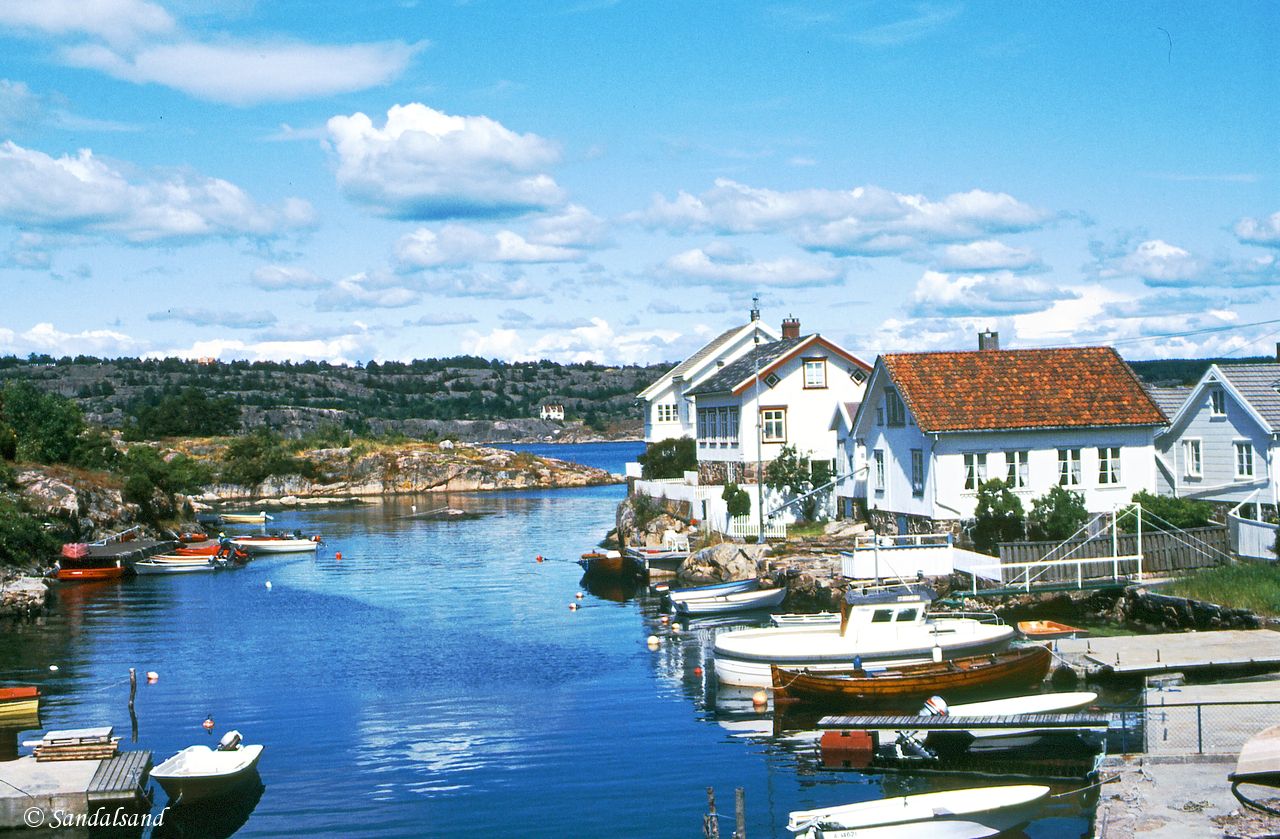
Is it any wonder that the holiday homes come at a premium price here? In Lyngør
Today it is mostly vacationers who stay here, interspersed with some residents. You must have a boat to get out and move around, there are no connection to the mainland and will certainly never be any.
On the road to Mandal
There is something about the Norwegian Southerner. The myth is that he is a quiet, smooth person who is relaxed about everything.
Sometimes we sit and think. Other times we just sit. (Unknown author)
The quote above is also available in a version with “sit on the pier and peel shrimps”. On the other hand there is in Norwegian literature two particularly powerful Norwegians who does more than peel shrimps. One is Knut Hamsun’s northerner Isaac Sellanraa. The other is Henrik Ibsen’s rowing hero, Terje Vigen. The latter is, yes exactly, from Sørlandet.
There are more towns on Sørlandet. After Kragerø, Risør, Tvedestrand and Lyngør we had just started. Coming up were Arendal, Grimstad, Lillesand, Kristiansand and Mandal.
Did we visit them all? Yes, but it was too much. The beautiful white 19th century environments we encounter along the coastal strip, can get a bit monotonous at the end of the day. We spent most time in Mandal, for here there was something special happening, but we more mostly inclined to finish our long journey around southern Norway.
Flekkefjord and Hidra was like a dessert
Before Sira, as Gabriel Scott believed was the outpost of Sørlandet, we find Flekkefjord. The old town centre should have been listed as a World Heritage, for it is very charming. This is particularly true about the part called Hollenderbyen.
Read about Flekkefjord in this special article and watch the video.
Hidra is the name of an island just outside Flekkefjord. Here you will arrive on a small ferry, and it is almost as beautiful out here as in Lyngør. We admired the small harbours, the cosy cottages and houses down on the waterfront, and the beautiful scenery with high cliffs and the wooded mountain in the middle.
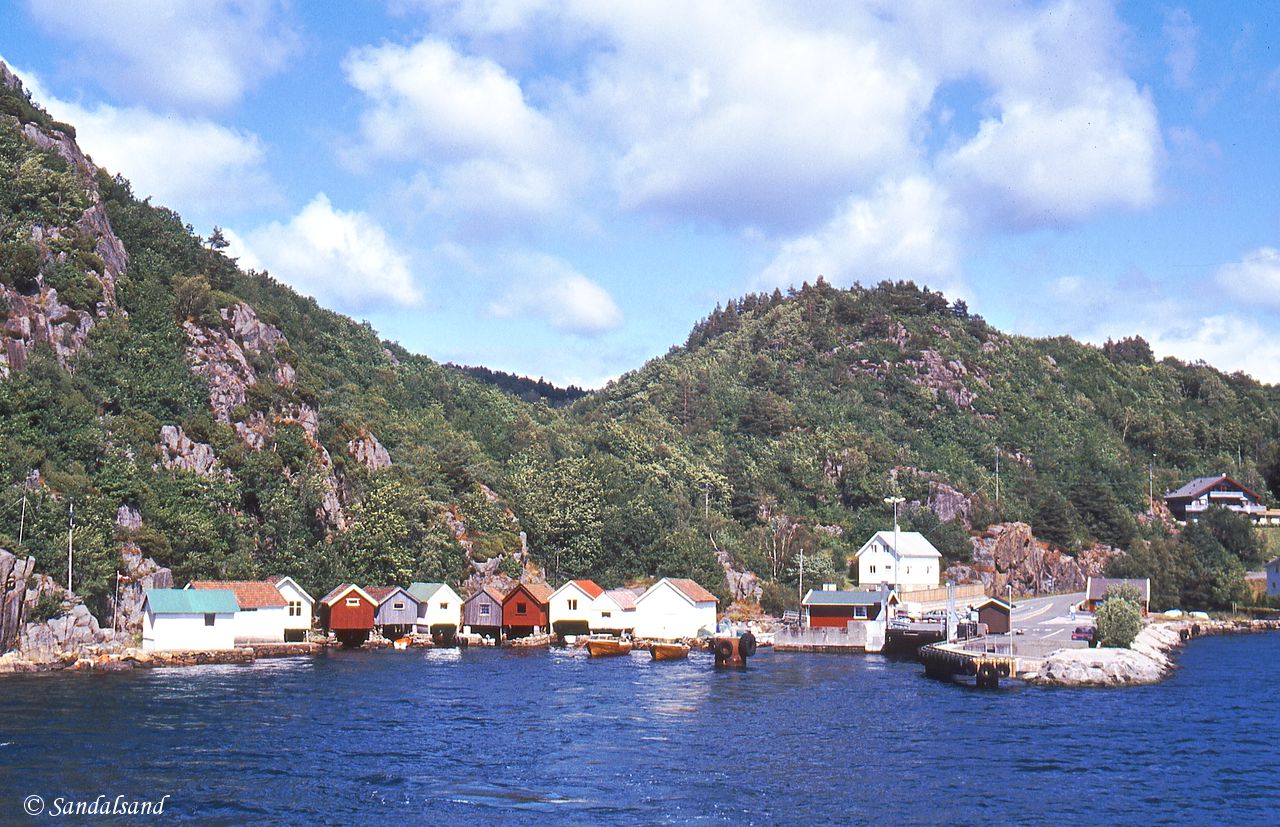
Hidra island paradise outside Flekkefjord, is a rare gem
Epilogue
This trip around southern Norway is not complete without including at least some attractions to discover between Flekkefjord and Stavanger. For it was in Stavanger we started, and it was there we were heading. True to say we were at this time so satisfied that we simply drove home, straight.
Yet. There is more to see between Flekkefjord and Stavanger. Have a look at the special articles from the Helleren houses and the town of Egersund. The latter is another white town on the coast. And then we have Jæren.
This was not a small trip to engage in, but it was a success. And that is why it is described here, even though we made it all the way back in 1993 – more than 20 years ago.
Here are the chapters in this series:

